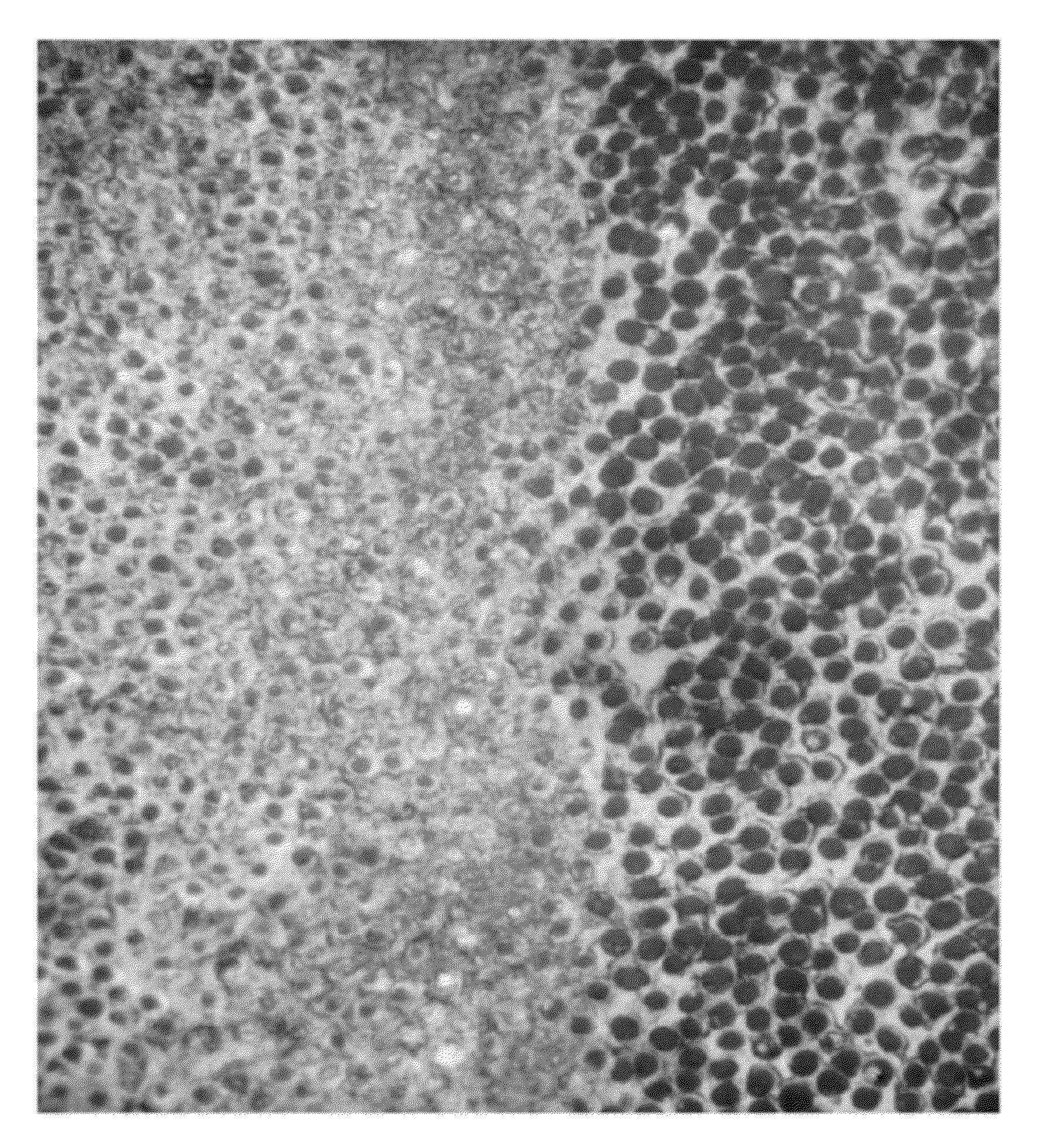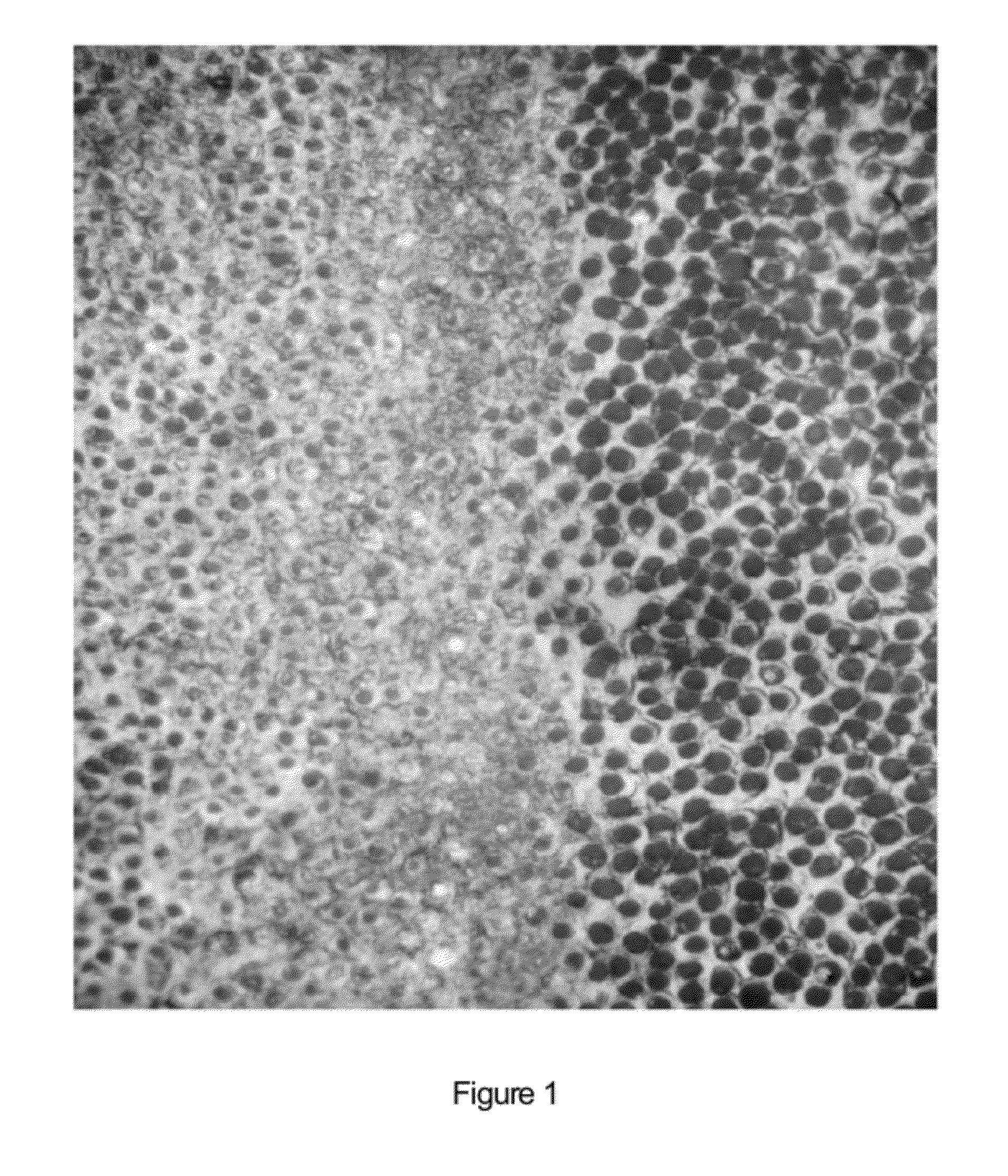Agent for protection of tooth surfaces, in conjunction with conventional bleaching methods, by biomimetic deposition of fluorapatite
a technology of fluorapatite and tooth surface, which is applied in the direction of impression caps, drug compositions, applications, etc., can solve the problems of reducing the effect of bleaching, and phosphates are only slightly water-soluble, so as to reduce the effect of renewing decoloration, reducing or eliminating undesired side effects of bleaching
- Summary
- Abstract
- Description
- Claims
- Application Information
AI Technical Summary
Benefits of technology
Problems solved by technology
Method used
Image
Examples
example
[0027]A 2 mm-thick disk, containing a dentin and an enamel area, was sawn out from molars. All tooth samples were polished and treated per molar for 10 seconds with 25% phosphoric acid, in order to expose the dentin tubuli and make the native enamel structure visible. The samples were then washed intensely under running water. The teeth were treated 4 ×each for 8 minutes with 35% hydrogen peroxide gel, and then rinsed with water and subjected to color measurement. A tooth in the enamel area shows distinct crack formation related to oxidation treatment. A 1 N NaOH solution, saturated with calcium hydroxide, was mixed with 5 wt. % gelatin for alkaline pretreatment. The tooth disks were coated with the solution, and then the moisture uniformly blown. For the phosphate ion-containing gel, a solution was prepared, containing 0.6 mol / L Na2HPO4, 0.1 mol / L NaF, 0.3 mol / L asparagine and 330 mL 2 N / L acetic acid. 16 mL of the solution was processed with 6 g glycerol and 10 g of a 300 bloom po...
PUM
| Property | Measurement | Unit |
|---|---|---|
| thick | aaaaa | aaaaa |
| thick | aaaaa | aaaaa |
| thickness | aaaaa | aaaaa |
Abstract
Description
Claims
Application Information
 Login to View More
Login to View More - R&D
- Intellectual Property
- Life Sciences
- Materials
- Tech Scout
- Unparalleled Data Quality
- Higher Quality Content
- 60% Fewer Hallucinations
Browse by: Latest US Patents, China's latest patents, Technical Efficacy Thesaurus, Application Domain, Technology Topic, Popular Technical Reports.
© 2025 PatSnap. All rights reserved.Legal|Privacy policy|Modern Slavery Act Transparency Statement|Sitemap|About US| Contact US: help@patsnap.com


